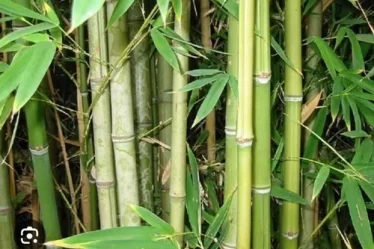
Saptachakra (Salasia reticulata) is an Ayurvedic herb used to treat inflammation related to weight, heaps, dysmenorrhea, hepatomegaly and pain.
Latin Name – Salacia reticulata
Name in different dialects:
Hindi name- Saptarangi
English name – Chinese Salasia, Lalli Berry,
Kannada name – Eknayaka, Eknayakan Bally
Bengali Name – Dimal
Marathi name- Ingli
Goa / Konkani name – Satgunda
Tamil name – Koranti
Malayalam Name- Cheru Kunti
The Saptachakra plant is a major climbing shrub or small tree growing fiercely outside India. Baur shading is pale yellow in color. New route display specific hues; Thus the Hindi name Saptarangi.
Construction:
The root bark contains proantho-cyanidin, which consists of monomeric leucopelargonidin, triterpinoids, mangiferin, folbatannin, and glucosidal tannins. The stem of the plant contains gutta, dulcitol, and proanthocyanidin which includes dimers of leukopelargonidin.
Uses of Saptachakra
- The glue of the base of the Saptachakra is locally connected to reduce swelling and pain.
- The powder of the base of Saptachakra is given in a measurement of 5-6 grams for the treatment of dysmenorrhea.
- Native powder is given in doses of 4-5 grams for the treatment of diabetes.
- The decoction of the root bark is given in 40-50 ml doses in separate measurements to control top sweating.
- Salasia reticulate, the root gum of the plant, is attached to the outer heap for its treatment.
- The decoction of the plant is given as a uterine stimulant in a dose of 25–30 ml a day.
Safety: The decoction of the saptakchara of the plant may cause removal of the embryo if given in a wide measure or for a long time. Later the penetration of the herb should be discontinued during pregnancy.




Your articles are very helpful to me. May I request more information?
You are a very clever person!